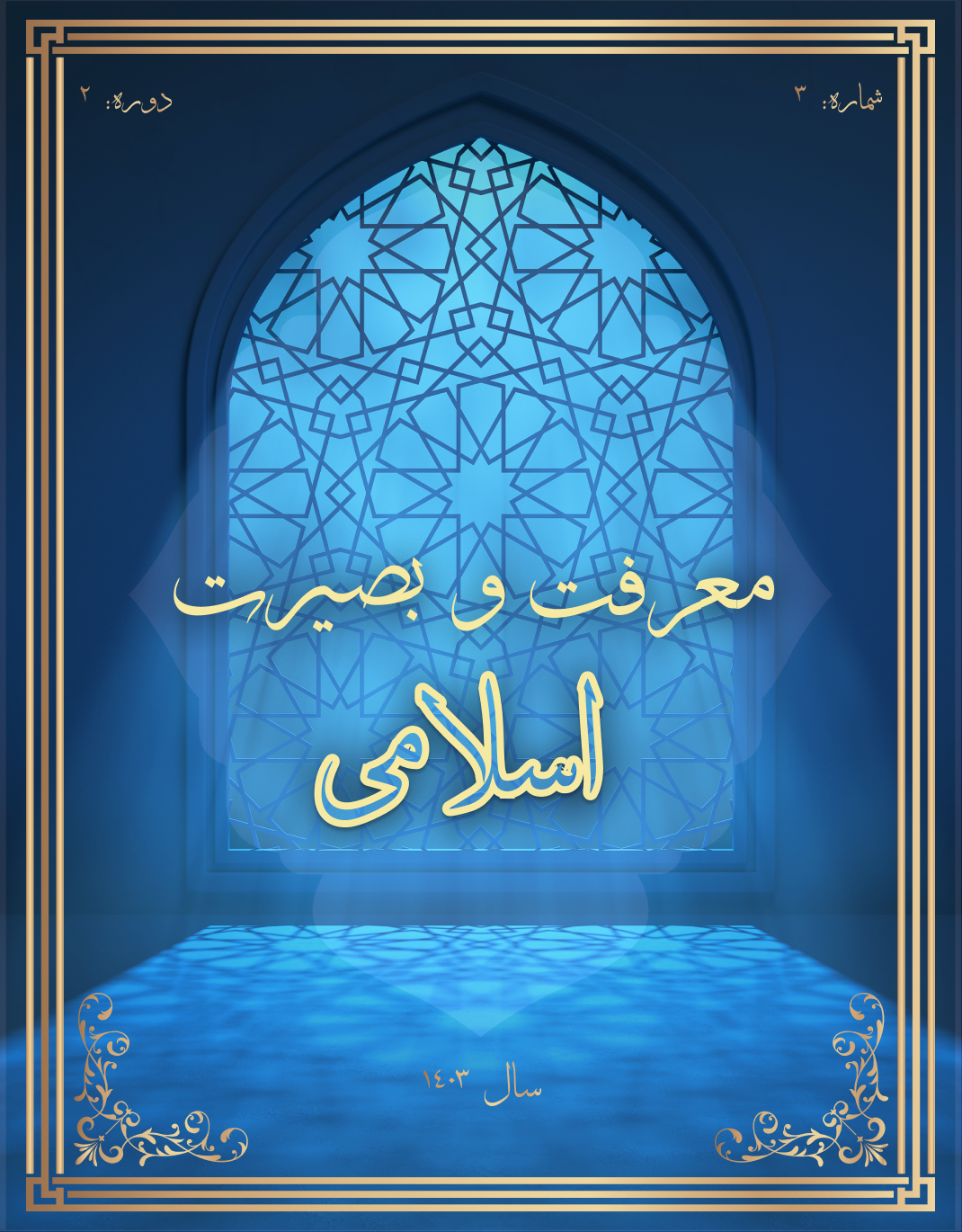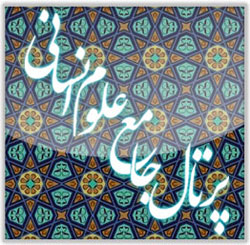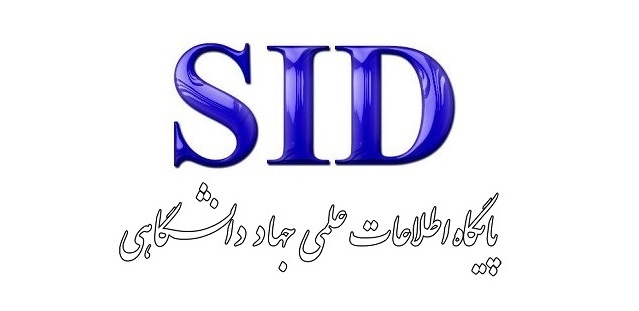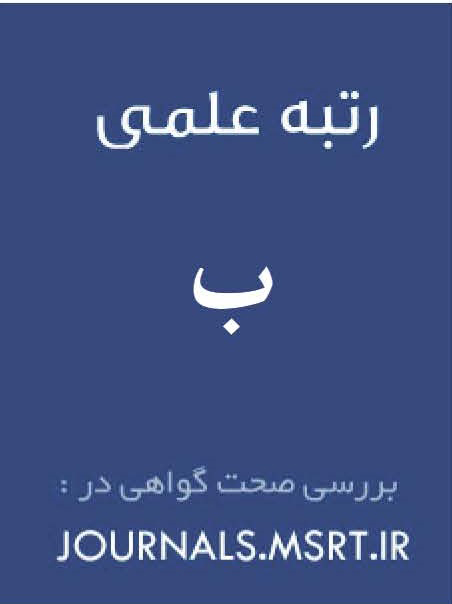The Epistemological Model of Imam Sajjad (AS) in Promoting the Culture of Modesty and Hijab
Keywords:
Chastity, Hijab, Epistemological Model, Sahifa Sajjadiyah, Chaste Life.Abstract
Hijab and modesty, as significant symbols of the Islamic lifestyle, play a crucial role in fostering a chaste life and supporting the foundation of the family. Accordingly, the effort to extract an epistemological model from religious texts, including Sahifa Sajjadiya, holds considerable importance for promoting the culture of modesty and hijab in the Islamic society of Iran. This endeavor provides an optimal epistemological framework for addressing existing challenges and offering practical solutions. The central question of this study is: What is the epistemological model presented by Imam Sajjad (AS) for promoting the culture of modesty and hijab? The findings indicate that within the luminous divine text of Sahifa Sajjadiya, it is possible to establish an educational framework encompassing the dimensions of faith, worship, and ethics; physical and biological aspects; social and political considerations; economic and professional domains; scientific and technological elements; and aesthetic and artistic dimensions. This framework aims to foster a life grounded in piety and chastity. In the epistemological model of Imam Sajjad and Sahifa Sajjadiya, the teaching of monotheism serves as the foundation for considerations related to appropriate attire. This is followed by understanding the philosophy of hijab and its social functions, seeking divine guidance for covering sins and returning to the ideal and Quranic standards of attire, cultivating self-esteem to value one's body and personal appearance, viewing immodesty as a grave sin, and utilizing internal capacities to confront immodesty. This article employs a descriptive-analytical methodology, utilizing library research tools and content analysis of Sahifa Sajjadiya.








